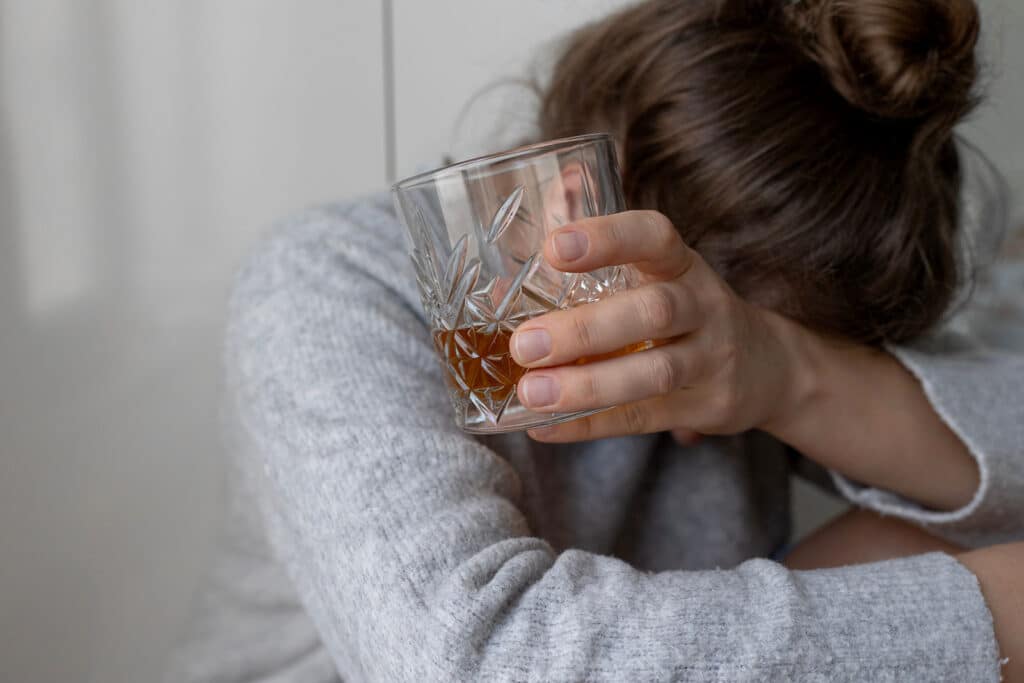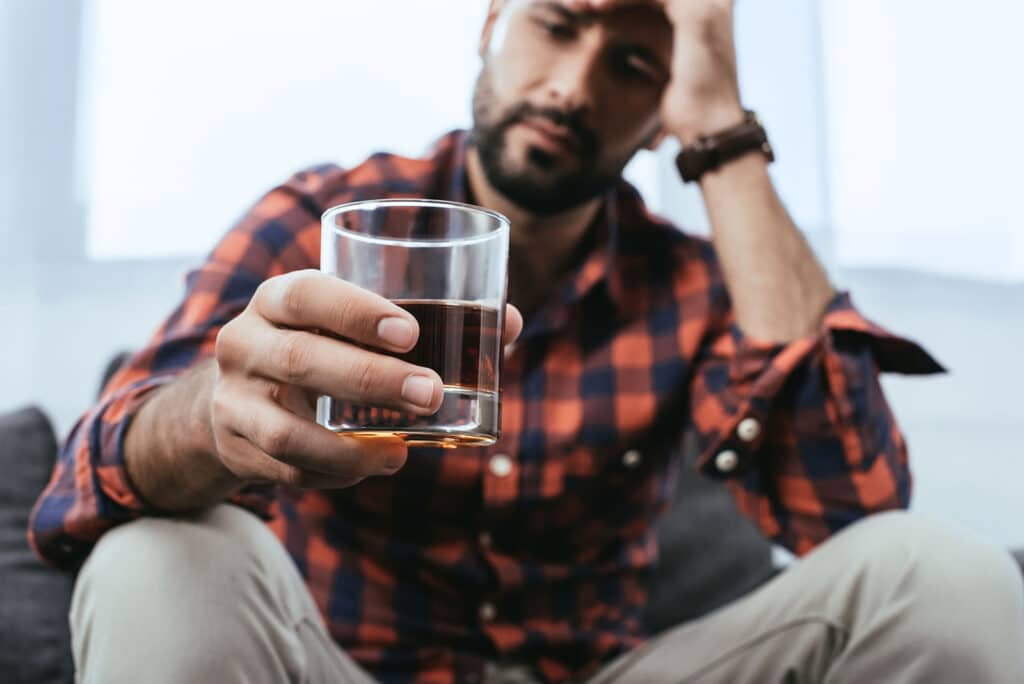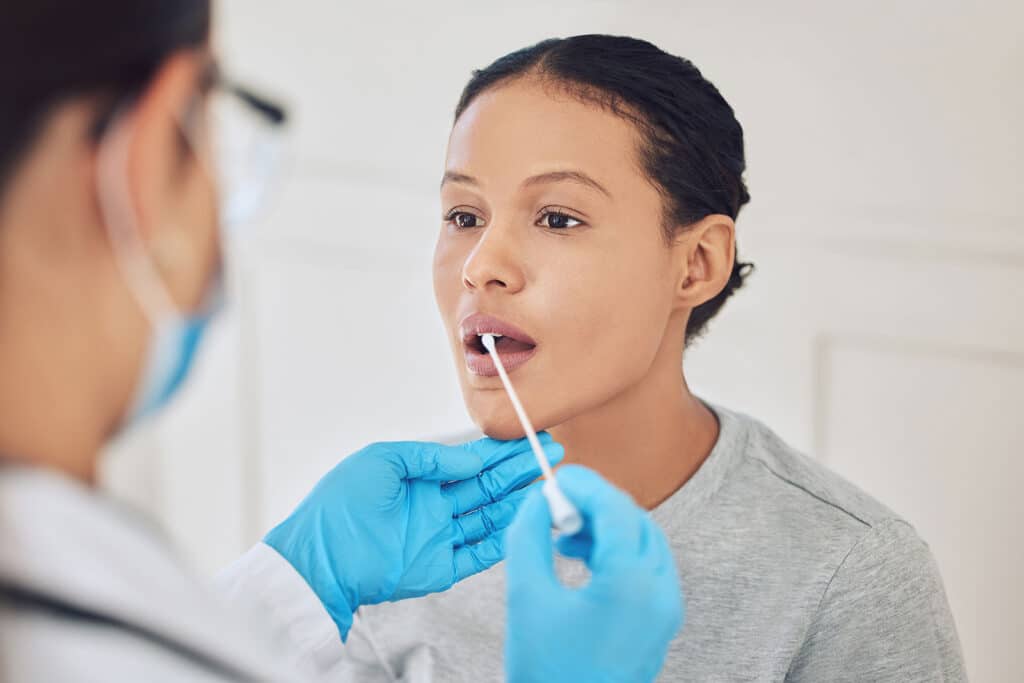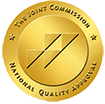Pre-employment drug tests are a common part of the hiring process, particularly in safety-sensitive jobs or healthcare settings. But what happens if you’ve been drinking alcohol the night before your test? Could it show up on a urine test, blood test, or breathalyzer, and could it affect your test results?
This article explains how alcohol use is detected in drug testing, the science of alcohol metabolites, and whether a night of drinking might put your job opportunity at risk.
Is Alcohol Included in a Pre-Employment Drug Test?
Usually, No
Most standard pre-employment drug tests—especially the commonly used urine drug test—screen for illicit drugs like:
- THC
- Cocaine
- Amphetamines
- Opioids
- Benzodiazepines
These do not typically include alcohol, unless:
- The employer has a zero-tolerance policy for alcohol use
- You’re being tested for alcohol-specific reasons (e.g., prior substance use, DOT-regulated jobs)
However, alcohol tests can be added as part of:
- Expanded panel testing
- Random or post-incident testing
- Healthcare or transportation industry screenings
How Long Does Alcohol Stay Detectable?

Alcohol Detection Windows Depend on the Type of Drug Test:
| Test Type | Detection Time After Last Drink |
| Breathalyzer test | 12–24 hours (based on BAC) |
| Urine alcohol test (EtOH) | Up to 12–24 hours |
| EtG urine test (ethyl glucuronide) | Up to 80 hours |
| EtS urine test (ethyl sulfate) | Up to 48–72 hours |
| Blood tests | Up to 12 hours |
| Hair follicle tests | Up to 90 days (for chronic alcohol use) |
| Saliva tests | Up to 24–48 hours |
So if your employer includes EtG or EtS testing in your drug screening, even moderate drinking the night before could result in a positive result.
What Are EtG and EtS?
- EtG (ethyl glucuronide) and EtS (ethyl sulfate) are alcohol metabolites—byproducts formed when your liver breaks down alcohol.
- They are not influenced by BAC or how sober you feel.
- Detected in urine samples even when alcohol is no longer in your bloodstream.
EtG tests are extremely sensitive and are often used to monitor:
- Substance use in recovery programs
- Compliance with court orders or probation
- Workplace zero-tolerance alcohol policies
Can You Detox or Flush Alcohol from Your System?
Many people ask how to “detox” before a drug test. The truth is:
- Hydration can help dilute urine, but it won’t eliminate EtG or EtS
- Time is the only reliable way to clear alcohol metabolites
- There’s no enzyme or over-the-counter product that reliably clears EtG before a test
- Attempting to cheat or dilute a test may lead to retest or disqualification
Could Drinking the Night Before Trigger a False Positive?
Not typically. If alcohol is detected, it usually reflects actual consumption—not a false positive.
That said:
- Mouthwash, cold medications, and fermented foods may produce trace alcohol in breath tests—but not in EtG/EtS urine tests
- These traces are usually below the test’s cutoff level

Key Factors That Influence Detection
- How much alcohol you drank
- Time of your last drink
- Type of test being administered
- Your metabolism
- Overall health condition
- The employer’s policy on alcohol use
Final Thoughts: Can You Drink the Night Before a Drug Test?
- If it’s a standard 5-panel drug test, occasional alcohol use the night before likely won’t affect the results.
- If the test includes EtG/EtS alcohol testing, you should avoid drinking for at least 72–80 hours before the test.
- When in doubt, ask your healthcare provider or employer about their testing protocols.
- For safety-sensitive or zero-tolerance jobs, it’s best to avoid drinking altogether in the days leading up to your pre-employment screening.
A night out isn’t worth the risk of losing a job opportunity—especially if your drug test results are tied to workplace safety or compliance regulations.











